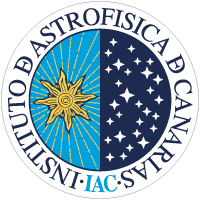
The statistical analysis of the large-scale structures of the galaxy distribution is one of the most important tools in present-day cosmology to understand the nature of dark matter and dark energy in the Universe. To this end, a considerable observational effort is put forward to map the 3D galaxy distribution in the Universe at unprecedented scales by means of large collaborations that will measure the distance to millions of galaxies using both photometric and spectroscopic surveys (e.g. BOSS, eBOSS, DESI, J-PAS, Euclid, LSST, WFIRST-AFTA, 4MOST, etc). To robustly extract the cosmological constraints from these surveys, we need to be sure that the potential systematic error from the theoretical models is well below the statistical uncertainties caused by cosmic variance. To reach such a goal, we would need to run simulations with much larger effective volume than those probed by the surveys and with enough mass resolution to be able to resolve the dark matter halos hosting the typical galaxies detected in those surveys.
In this project, we adopt the method developed by
Angulo & Pontzen 2016
and run a series of pair simulations with fixed amplitude and opposite phases to effectively remove the cosmic variance. We confirm that the method reduces the cosmic variance significantly without introducing any bias. We are now delivering the first two pairs of 1 Gpc/h simulations with the particle mass resolution 1.2×109 Msun/h which are providing 5 times of the effective survey volume of DESI or EUCLID galaxy sample.
We acknowledge PRACE for awarding us access to the MareNostrum Supercomputer hosted by the Barcelona Supercomputing Center, Spain, under project grant number 2016163937
For more information visit: http://www.unitsims.org/












